Happy Thanksgiving and safe travels to all!
|
Hooray - it's Thanksgiving week! For me, this week marks the beginning of a month of celebrations (holidays! birthdays! parties!). Sadly, it also means the end of autumn (well, not officially but all the leaves have fallen and I almost slipped on black ice today so...yeah...winter has arrived in New England). As we bid adieu to our most colorful season, I'll leave you with my favorite pictures from this fall, starting with my sweet little boy:) Happy Thanksgiving and safe travels to all!
0 Comments
Last weekend, I had the pleasure of attending the Women In Travel Summit (WITS) in Boston, a gathering of hundreds of female travel bloggers, entrepreneurs and travel enthusiasts. Attendees who arrived early could participate in several tours organized by WITS and Context Travel - a company that specializes in walking tours in cities around the world. I attended Context Travel's "Brahmins of Boston", a three-hour walking tour. Despite the ghastly weather - torrential rain at times - I'm really glad I attended this event. I learned a lot about my city! Before I describe the tour, I'll answer three questions you may be pondering: 1) What is a Boston Brahmin? Associated with the upper crust of society, Brahmins were often descendants of early colonists from England. While many considered them elitist, the Brahmins contributed significantly to the development of our country and culture, and were especially influential on the east coast. 2) What is the origin of the name "Brahmin"? While it sounds like someone with a heavy Boston accent saying barman - it has nothing to do with the famous Boston dropped "r". In the traditional Hindu caste system, Brahmin refers to the highest ranking class. Writer Oliver Wendell Holmes Sr. first referred to these elite New England families as Brahmins in an Atlantic Monthly article from 1860, and the name stuck. 3) Who are the most famous Brahmins? You'd recognize many of these names from US history, especially if you've spent time in New England. Many of the the street names, cities and notable landmarks in New England are named after a Brahmin family. Examples include Adams, Forbes, Cabot, Jackson, Lowell, Quincy, and Winthrop. Paul Revere's gravestones (looks like he got an upgrade at some point). While he wasn't considered a Brahmin, the man who sent him on his famous midnight ride - Dr. Joseph Warren - was. Our tour guide was named Jessica Del Russo - a born & bred Bostonian - who had somewhat of a modern day Brahmin upbringing. Like many a Brahmin, she was raised in the North End and attended the prestigious Boston Latin School, followed by Harvard University. She was extremely knowledgable about the city's history and, as a shareholder in the Boston Athenaeum, she gave us an insider's tour of this library which houses beautiful artwork and rare books including George Washington's personal collection. Most of our walk was concentrated in the area around Downtown Crossing, Boston Common and the State House. However, I felt like Jessica may have altered her typical route a bit due to the unfortunate weather. Here are a few fun tidbits I learned on the tour: Ben Franklin was possibly expelled from grade school. He attended the prestigious Boston Latin School (USA's first public school) for just two years. Many experts claim he left because his father could no longer afford to send him to school. However, Jessica offered another theory - Ben was outspoken and questioned the school's viewpoint on God, and was thus expelled. Regardless of the reason, Ben never completed his education here. Despite this fact, there is a large statue of Ben Franklin in front of Boston Latin School today. Ben Franklin, standing in front of Boston Latin School, appearing far more intimidating than any present-day disciplinarian and significantly more judgmental than most teenagers. Way to uphold those Brahmin standards! Downtown Crossing was once a water source. Downtown Crossing - one of the earliest neighborhoods in the city - owes its location to a natural underground spring that provided fresh water. It still flows beneath the streets of Boston, and you can supposedly hear it in parts of Beacon Hill. This sign can be found along the aptly named "Spring Street" in Downtown Crossing. The colors of the T lines actually mean something. Boston was the first city in the USA to establish a subway, and Park Street was the first stop. The names of the four major lines are colors that represent each line's purpose:
Park Street T stop - the first subway stop in the USA. The subway entrances are often referred to as mausoleums. The Puritans were pretty darn intolerant. Although the Puritans left England to escape religious persecution, it didn't stop them from persecuting others. They pushed out immigrants of other religious denominations upon arrival in Boston, most of them moving west or south. Until the King's Chapel was built, most of the religious establishments in Boston were Puritan Congregationalists. Many Brahmins belonged to the King's Chapel. When England established a governor in Boston, they built a church that reflected the religion of the King (hence the name). The church, built in 1754, is the first granite structure in Boston and its interior architecture is influenced by European churches of the time - double columns, baroque details, and a wine glass pulpit. The church philosophy and practice became a hybrid of sorts: Congregationalist in governance, Episcopalian in worship and Unitarian Christian in theology. Notice many famous Brahmin names on this plaque that is located in the church. The church had a governor's pew and it was here that George Washington sat during service. The wine glass pulpit The King's Chapel was the first church in the US with an organ. The seats in the pews are lined with horsehair which still make a crunchy sound when you sit down. The King's Chapel Common Prayer book is the only one of its kind. Members of this congregation were very liberal and edited the traditional Common Prayer book to only include the stuff they believed in. These prayer books are truly unique to this church. Boston Brahmins were known for their accents which were very different from those of the working-class Bostonians. Many associate this accent with snobbery. Current examples of Brahmin accents include John Kerry and - my favorite pop culture reference - George Feeny from Boy Meets World. Toward the end of our tour, Jessica brought us to the Boston Athenaenum, an institution with the mission of preserving rare books and works of art. It was here that we saw George Washington's private library. Even after living in Boston for several years I never knew this beautiful library existed! [Above] View of the Old Granary Burying Ground, where John Hancock, Paul Revere and Sam Adams are buried. [Below] You can see down several levels of the Athenaeum in the stairwell and the stacks. [Above] Washington's private library including copies of New York Magazine from the late 1700's Thank you Jessica, Context Travel and the WITS crew for this wonderful experience! I also want to give a shout out to my tour mates - Alison from Green with Renvy , Shobha from Just Go Places and Melissa from Write Travel Grow.
Last week, I featured a list of Boston recommendations from local ladies Lisa & Jen as a part of our Live LIke a Local, Boston series. Today I have the pleasure of introducing Marissa - my favorite coffee & tea connoisseur, fellow traveler, and Rachel Bilson doppelganger. Marissa |
AuthorEva has been traveling for 15+ years, including an 8 month journey around the world. Archives
October 2016
Categories
All
|

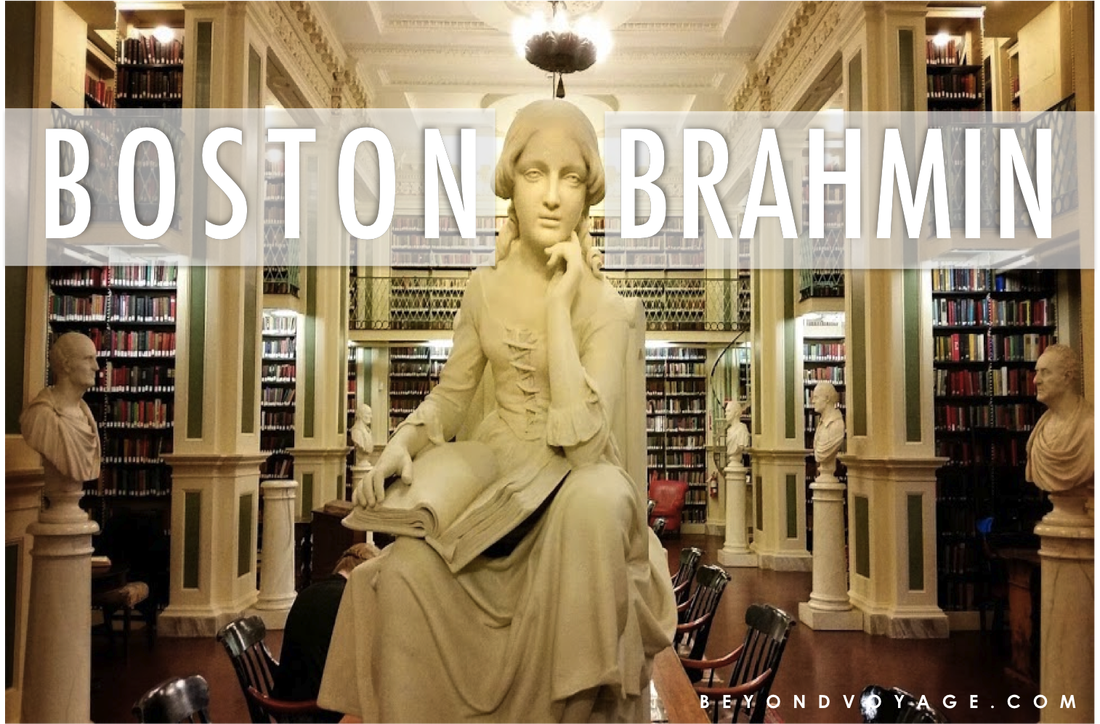



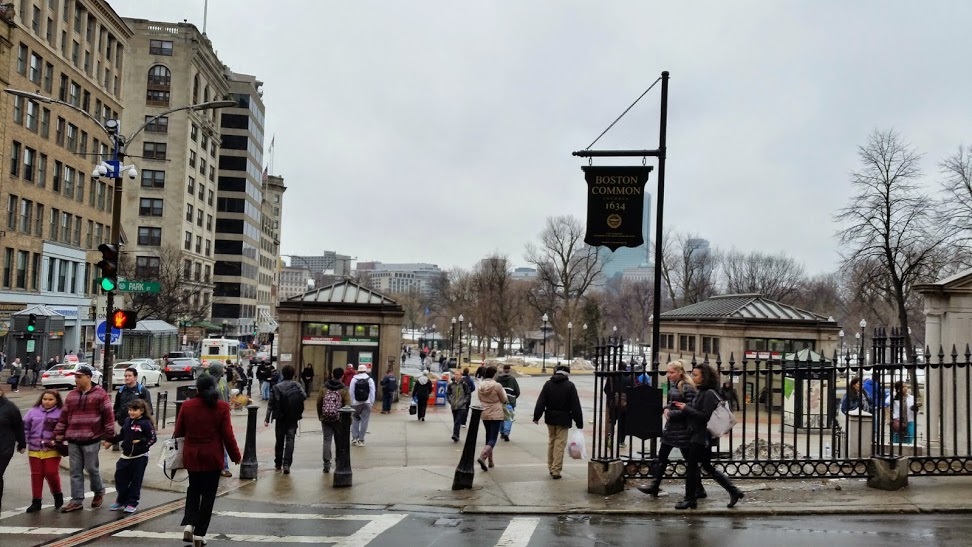






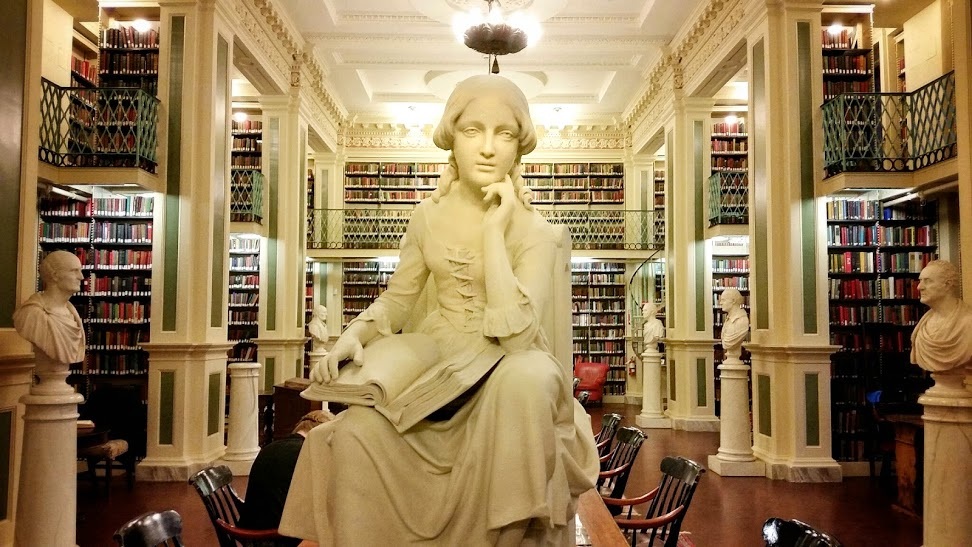







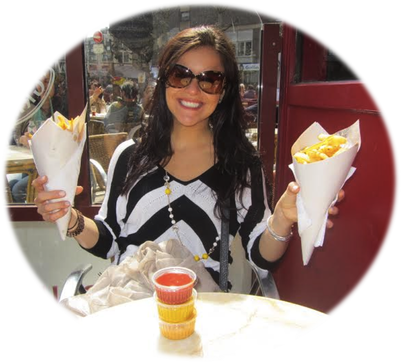







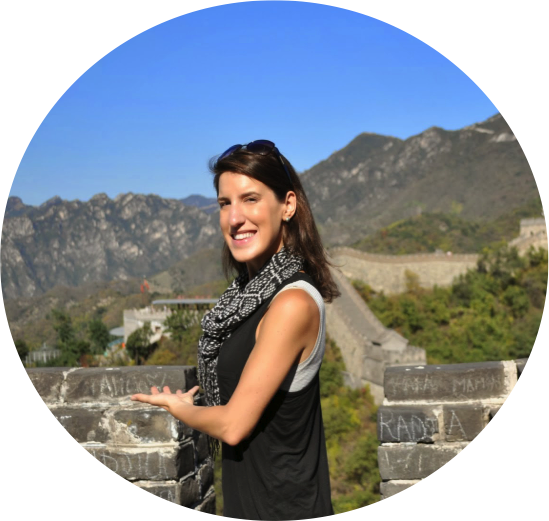

 RSS Feed
RSS Feed
